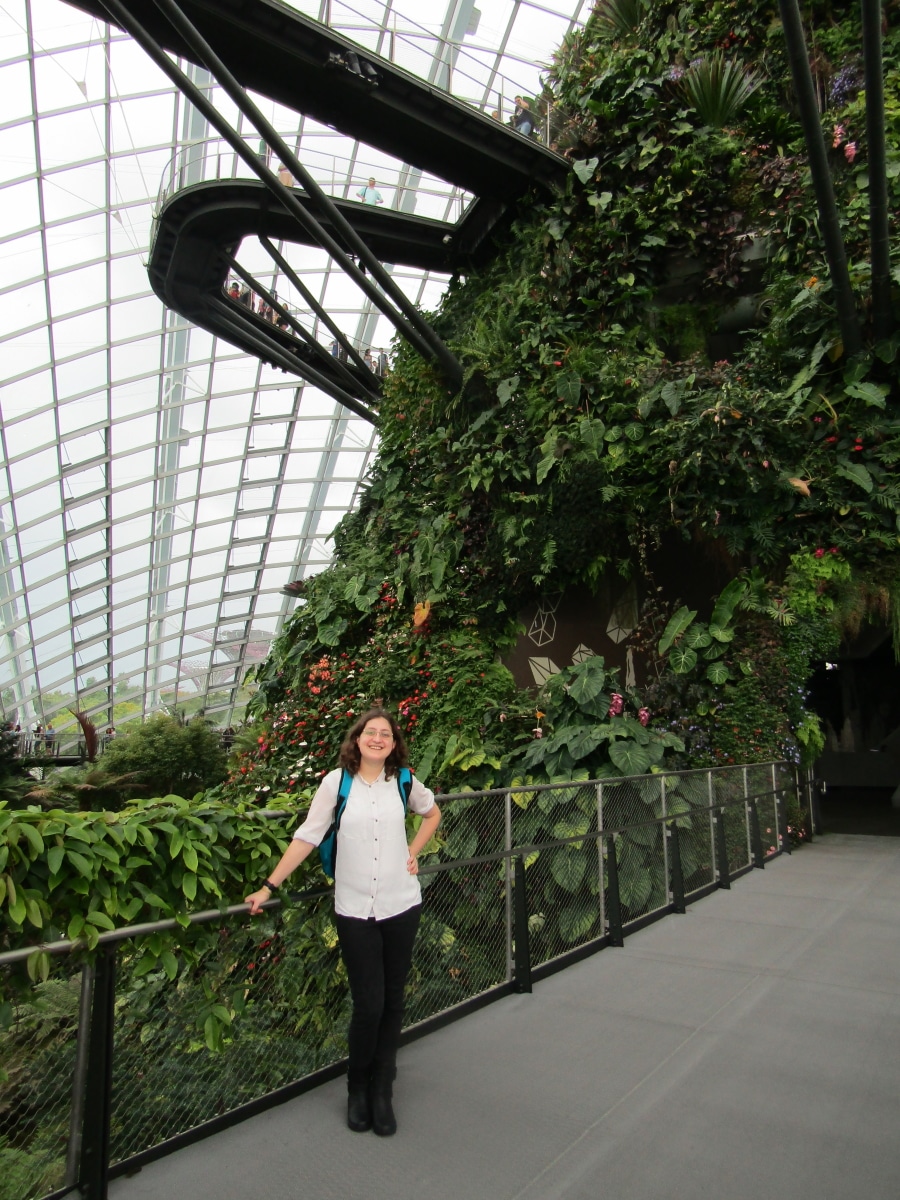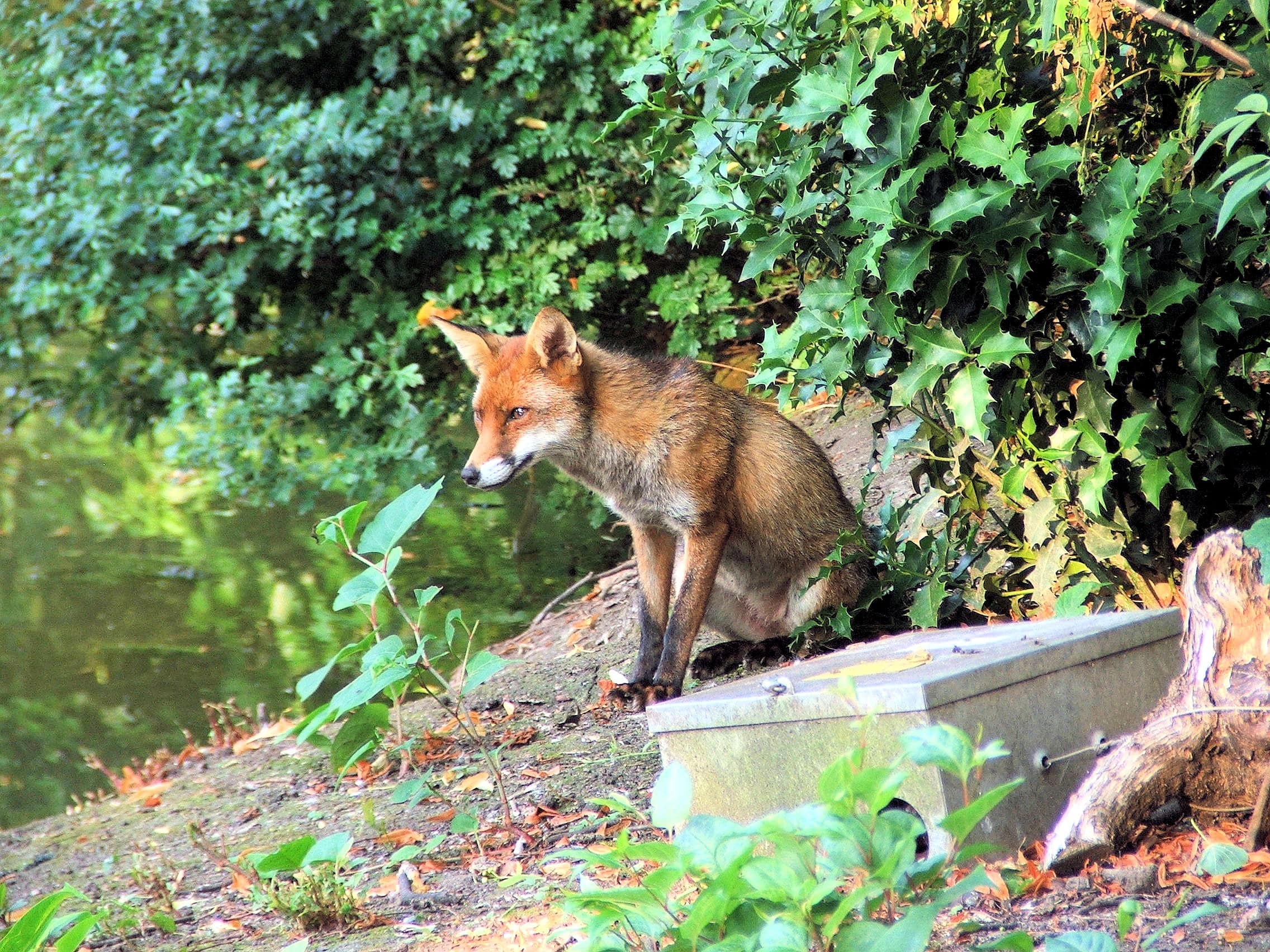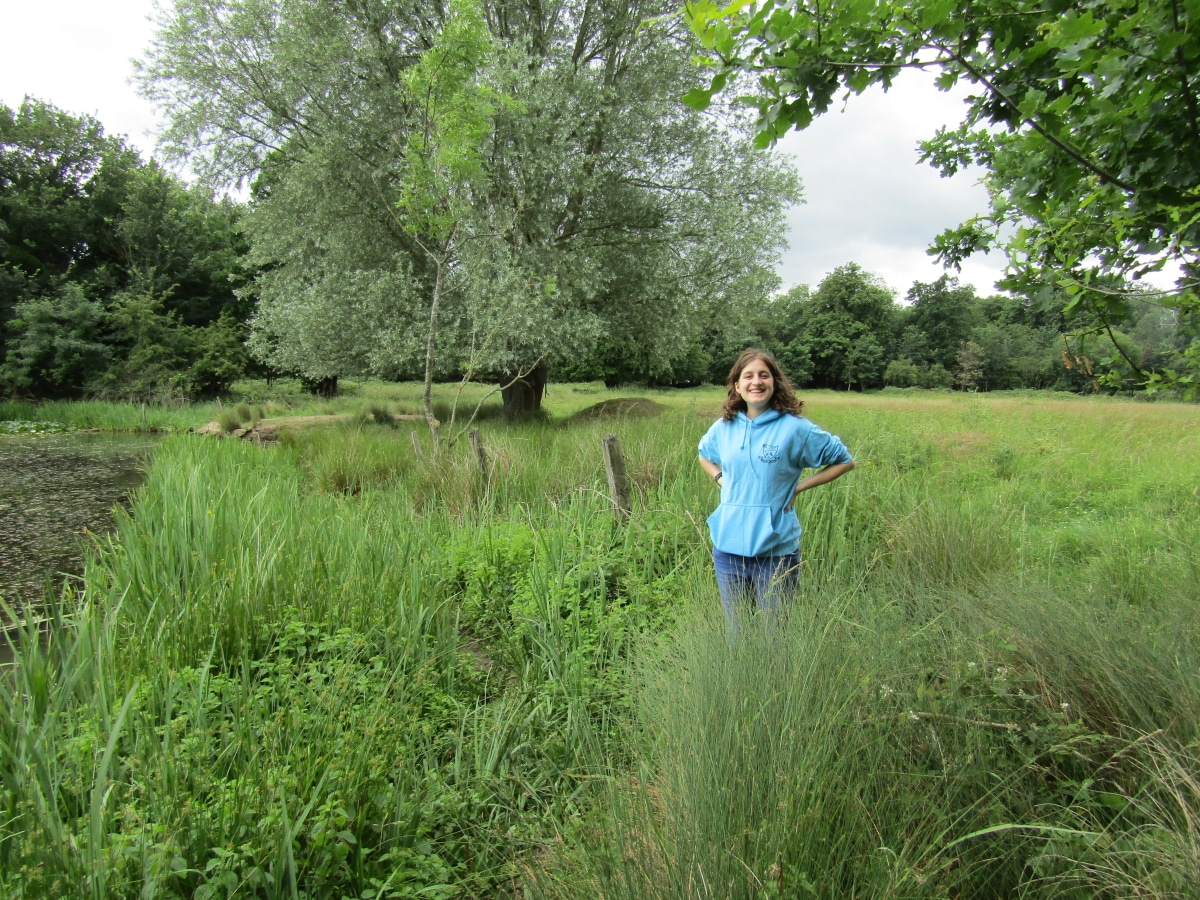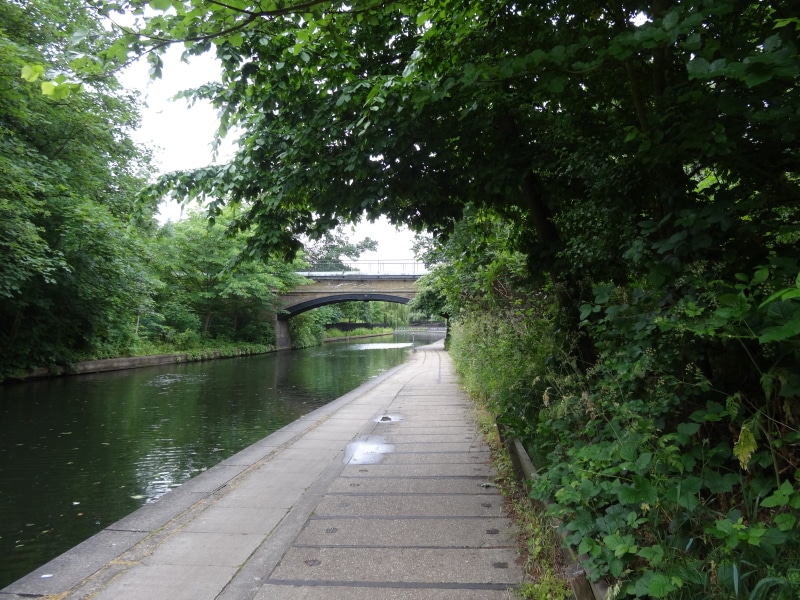Amy Palmer-Newton, GiGL Database Officer
Amy is one of GiGL’s Database Officers. She delivers work to review, manage and develop GiGL’s SINCs and habitat databases. This includes collating data in partnership with local authorities and land managers, and coordinating steering from stakeholders. She also maintains information and models predicted changes relating to areas of deficiency in access to nature.

Town or Countryside?
Countryside, but I love to live between the two
Summer or Winter?
Summer (although spring is my favourite season)
Early bird or night owl?
Early bird
Outdoors or indoors?
Outdoors
Plants or animals?
Animals, but I also love a good plant

Red Fox (c) Suzy Hogarth
What species is closest to your heart and why?
I love nearly every species I’ve come across, but if I had to choose I’d say the red fox. I saw a lot of them growing up in the suburbs of London. As a kid it was so exciting every time I had an encounter – they seemed so magical, and I still get a little thrill when I catch one strolling through the garden. I even forgive them for sometimes waking me up in the middle of the night. These early encounters showed that I didn’t have to go too far from my own front door to enjoy the natural world.
What is your favourite Greater London open space and why?
I’m lucky to have grown up in East London with so many open spaces on my doorstep. This means I’ve got a long list of favourites, from the open fields and ponds of Dagnam Park on the very edge of London, to the winding Lee Valley Regional Park. My absolute favourite is probably Bedfords Park, an Essex Wildlife Trust run public open space in Havering. I volunteered in its visitor center for many years, and think it’s a wonderful place where people can learn about wildlife and really enjoy the outdoors. I’ve spent hours there wondering the woods, visiting the deer and generally making many happy memories.

What has been your most formative experience working with the natural environment? And what did you learn then that you keep with you today?
I’ve been fortunate to have worked in natural environments all around the world, from the English countryside to South American rainforests. Volunteering as a research assistant in Guyana provided a valuable insight into the importance of data collection, and the amazing diversity our world has to offer. But, I’d say one of my most formative experiences happened closer to home while volunteering at ZSL London Zoo. A young visitor came up to me and asked for an explanation of diagrams on the wall showing how many species lived in rainforests, as well as how much was being lost each year. Using the facts and figures I could get across the big picture. It was inspiring to see how much visitors respond to that. Data is exciting and can tell you so much about our world, and how we can help it.
What’s your role at GiGL?
I’m one of GiGL’s Database Officers. I review, manage and develop GiGL’s core sites databases: Sites of Importance for Nature Conservation (SINCs), open spaces and habitats, which involves collating data in partnership with local authorities and land managers, and coordinating steering from stakeholders. I also help with our species database. One of the great aspects of the role is that I can be involved in a large variety of projects, working with some really dedicated and passionate stakeholders all across London.
What’s been your most enjoyable GiGL task and why?
Its hard to narrow it down to one. Since starting in September I’ve had the chance to work on a wide variety of enjoyable tasks, from processing amazing stag beetle records from our online form, to updating and exploring open space site records. One of the most exciting so far has been developing a new project focusing on areas of deficiency in access to nature, with the aim of making GiGL’s current process faster and more accurate. I’ll have the opportunity to work closely with a wide range of dedicated stakeholders, and help to improve an already amazing resource for London.
What made you want to work for a Local Environmental Records Centre?
Having grown up in London, I’ve always wanted to learn more about my local natural environment and in some way give back to the city and the amazing wildlife we share it with. Working for GiGL is therefore a dream come true. It gives me the opportunity to work with like-minded people throughout the capital and to really dive in to data handling, which is not only vital to conservation work but is also great fun.
London has a lot to offer someone looking to learn more about wildlife and open spaces. What one thing would you advise people to explore?

Regent’s Canal (c) Karen Harper
There are many great trails and walks to explore that are right on our doorsteps. One of my favorites is the Regent’s Canal walk, which runs from Little Venice to the River Thames. I did it in little bursts within a year with my family, and it was something that both kids and grandparents could enjoy together with plenty of places to stop for a cup of tea along the way. Many walks around the capital give you a chance to explore beautiful places you’ve not seen before, from canal treks to countryside strolls. London has always got something hidden up its sleeve!
